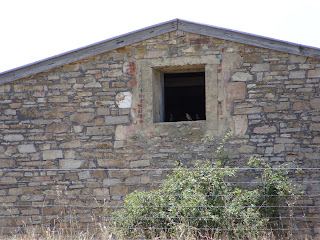
A bit of history …
Laid out by Colonel Light in 1837 as an urban satellite with 341 acre blocks surrounded by Park Lands, North Adelaide soon became a dormitory suburb for the social elite – wealthy business and professional men who built large mansions, mostly in Upper North Adelaide. Lower North Adelaide, by contrast, tended to be predominantly inhabited by labouring classes, artisans and tradesmen who lived in cottages on small allotments. A burgeoning colonial middle class also chose to live in North Adelaide, their villas and terraces endowing the suburb with much of its distinctive Victorian architecture.
A few minutes north of Adelaide’s city centre you’ll find North Adelaide, which is home to two of Adelaide’s most loved “eat streets”, sporting a bustling atmosphere, boasting everything from coffee shops and fast food to cafes, pubs and five-star dining.
Laid out by Colonel Light in 1837 as an urban satellite with 341 acre blocks surrounded by Park Lands, North Adelaide soon became a dormitory suburb for the social elite – wealthy business and professional men who built large mansions, mostly in Upper North Adelaide. Lower North Adelaide, by contrast, tended to be predominantly inhabited by labouring classes, artisans and tradesmen who lived in cottages on small allotments. A burgeoning colonial middle class also chose to live in North Adelaide, their villas and terraces endowing the suburb with much of its distinctive Victorian architecture.
A few minutes north of Adelaide’s city centre you’ll find North Adelaide, which is home to two of Adelaide’s most loved “eat streets”, sporting a bustling atmosphere, boasting everything from coffee shops and fast food to cafes, pubs and five-star dining.
You will also find tree-lined streets, tiny lanes, majestic mansions and cottages fronted with picket fences.


If there is space between the picket fence and the front door of the cottage you will sometimes see a traditional cottage garden. Adelaide is proud of its ability to normally provide excellent growing conditions for roses (you will even see them on the median strips of the roadways), and if there is a gardener in the house, there will most likely be several rose bushes in that cottage garden. Often, however, there is barely space for a tiny verandah with intricate wrought iron work under the eaves.
The very sunny weather did not provide perfect flat light conditions for photos, so forgive the shadows, but if you click on the photos, you can see some of the character of the place.
Most of the houses in the photos are in either Mackinnon Parade or Main Terrace.
For a bit of information about the tourist potential and details of the area, have a look at the link below.
http://www.melbournestreet.com.au/history.html
http://www.melbournestreet.com.au/history.html














